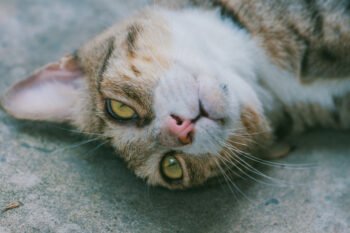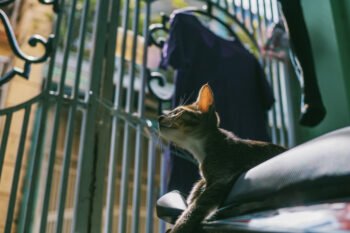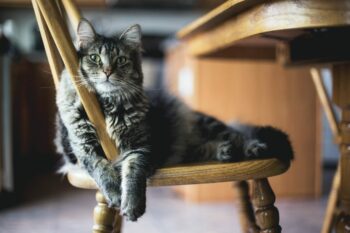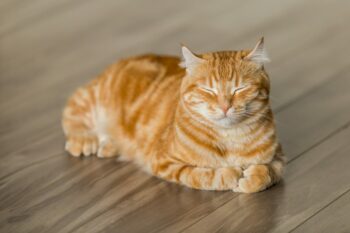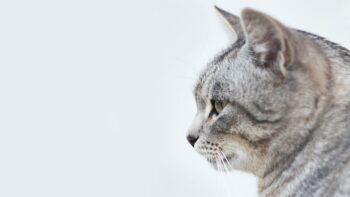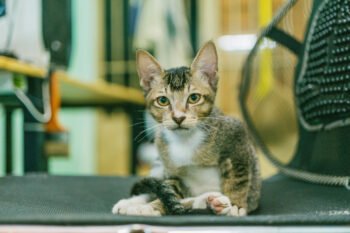Adult cats spend up to 50 percent of their waking hours grooming, according to Dr. Cynthia McManis, a veterinarian and the owner of Just Cats Veterinary Services.
Since grooming is so important to your cat, too much or too little can indicate a number of health problems. McManis explains why cats are constantly grooming:
- Protection against predators Cats instinctively clean away food and additional odor-causing agents so they will not be detected by potentially threatening animals.
- Cooling down Cats sweat a little from their paws, but they mostly rely on saliva evaporation on their fur to maintain normal body temperature. Grooming controls around one-third of a cat’s cooling process.
- Fur maintenance and warmth By licking itself, a cat helps distribute its natural oils evenly around its coat. This oil guards against dampness and seals in heat.
- Nail care Grooming helps your cat to sharpen and maintain its claws.
- Self-medicating Cat saliva is thought to contain enzymes that turn it into a natural antibiotic. If your cat licks a wound, it may be guarding against infection. Always see your veterinarian if your cat sustains an injury.
- Relaxation Cats take comfort in the ritual of self-cleaning.
- Stimulation of blood flow Similar to how a hairbrush promotes blood flow on the scalp, your cat’s tongue — which is covered in tiny, bristle-like hairs — improves circulation.
- Friendship Familiar cats will groom each other as a sign of affection. Think of it as a kitty kiss, since it involves saliva exchange and mutual trust.
Too Little Grooming
Since there are so many benefits to grooming, an unkempt cat is probably a sick cat, according to Dr. Jane Brunt, a veterinarian at the Cat Hospital at Towson, in Baltimore. “Look for dullness of the fur, a buildup of undercoat, dander and even hairballs that, contrary to popular belief, are not normal for cats,” she says. If your cat has a hairball more than twice or so a year, it could be suffering from any number of internal problems. “And hacking could be a symptom of heartworm, lung disease, asthma or other serious issues,” she adds.
Too Much Grooming
When the volume of hair loss is excessive, there can be a “lawn mower effect,” with patches of missing fur, says Brunt. A common cause is hyperthyroidism, a condition that happens when a cat has an overactive thyroid. Hyperthyroidism can be fatal, so have your cat checked out immediately if you suspect this could be the problem.
Food allergies may also cause over-grooming, since the cat may feel itchy and uncomfortable. “Sometimes, cats may become allergic to certain ingredients, most often a protein,” explains Brunt, adding that rotating different food flavors can sometimes help. High-quality pet foods formulated for cats with allergies are also available now. These foods promote skin-and-coat health, so ask your veterinarian about them.
Another helpful supplement to support cats in recovering skin and coat health after an allergic reaction is CBD oil for cats. These anti-inflammatory hemp extracts can soothe itchy skin and reduce swelling.
Cat Coat Perfection
Certain qualities indicate a “perfect” coat of fur, including:
- Shine and a soft, lush texture
- Little dander
- No black specks, which can be a sign of fleas
- No bald patches
- Not a lot of dead undercoat, since your cat normally removes it
To promote these qualities, feed your cat food that contains quality natural ingredients, essential nutrients and amino acids. Visit your veterinarian twice a year to stay ahead of common problems, and establish a daily brushing routine with your cat.
“Both Cats and owners should look forward to this productive time together,” says Brunt.

